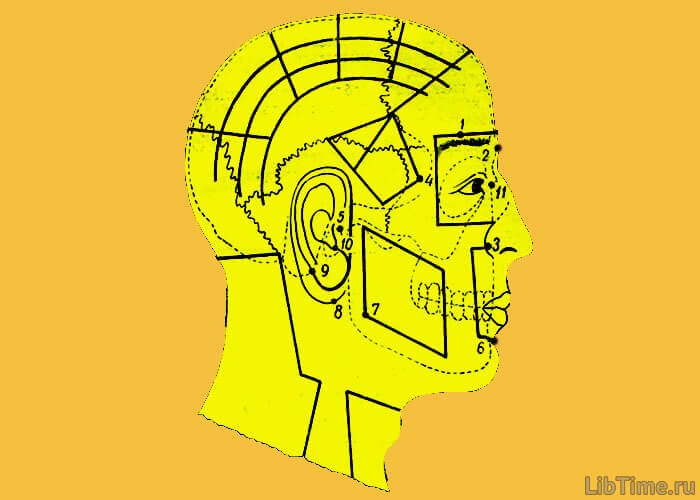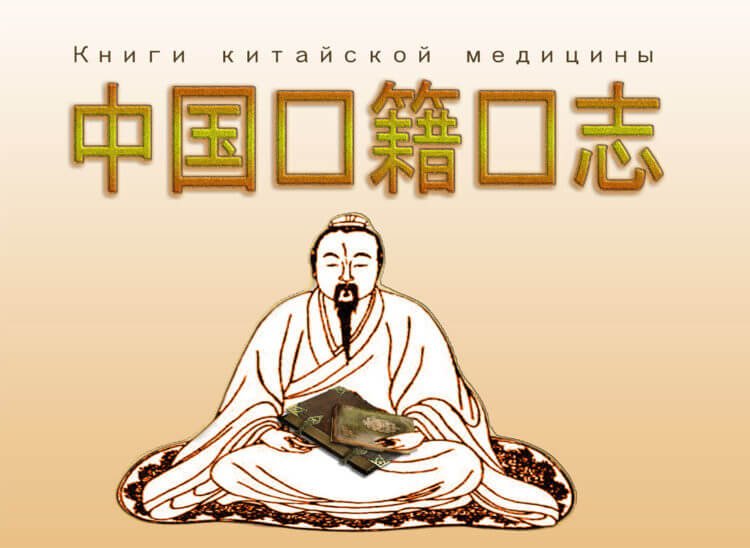Chinese medicine pharmacies
The peculiarities of historical development and the nature of pharmacology have also affected pharmacy in China. The first pharmacies of Chinese medicine appeared in the same ancient times to which the first mention of "tian-guan" - doctors, i.e. to the 11th century B.C., refers (for more information: Medicine of ancient China).
Medical organizations for the manufacture of medicines
According to historiographical records, somewhat later imperial courts had entire medical organizations that included physicians and medics who were involved in the manufacture of medicines.
Faculty of Pharmacy
In the 7th century A.D. among the faculties of "Tai and Shu" (the prototype of a medical institute) is mentioned the faculty of pharmacy, which, along with the manufacture of medicines for the court, also trained the cadres of so-called medicinal gardeners.
It is known that it had its own nursery, which served both as a place of practice and as a source of supply for the special management of plant medicines. The nursery was maintained by students, with 52 of the 337 trained at Tai and Shu practicing pharmacy.
Publicizing the most important prescriptions
The period of the Tang dynasty (618-907), (for more information: Books of Chinese medicine) also includes such an important measure to promote medical knowledge as the promulgation of the most important prescriptions with brief explanations of the indications for their use.
The relevant information was written on large boards, or even carved on stone slabs, which were displayed in prominent places in large cities. At first 101 prescriptions were publicized, and in 796, 586 prescriptions were similarly publicized.
The first state pharmacies of Chinese medicine
The strengthening of China's foreign trade relations during the Song dynasty (960-1279) led to a lively exchange of medicines, especially with Arab countries. Apparently, this trade was very profitable, as the sale of medicines became a state monopoly. It is possible that this is when the popular saying originated:
The price of gold has a limit, but the price of medicine is limitless.
Such a monopoly had its positive side. In 1076, the first state pharmacy of ready-made medicinal forms was established in the then capital of Kaifeng. It was followed by similar pharmacies in other big cities. In these pharmacies, medicines were dispensed both to physicians and to patients on their prescriptions.
Folk pharmacies of Chinese medicine
These are some data on the history of the development of official pharmacies in China. But parallel to them, there was also the actual folk pharmacy network. It was represented by those countless and anonymous wandering physicians, who in one person combined doctors of all specialties and pharmacists.
Their indispensable attribute were special bags or boxes, which contained up to 400 types of various drugs, ie, as many as they were counted among the most commonly used in medical practice. That's the real thing.
I carry everything with me!
Pocket medicine chests
In China, pocket medicine chests ("Yao yihing za") were also widely used. Usually they were 6 flat silver vials the size of a matchbox, closed with a screw cap.
A miniature spoon was attached to it from inside, reaching to the bottom of the vial, which scooped up the powdery substance. Vials, cleverly hinged together, could be folded into a compact box.
Pharmaceutical industry in China
Pharmaceutical industry in the modern sense of the word appeared in China only at the end of the last century. But its development was very slow, which is explained by the policy pursued by imperialist invaders. The foreigners bought here the best raw materials at fabulously cheap prices, and imported the finished products, receiving huge profits from the trade in medicines.
In old China, it even came to the point of importing ampoules from abroad, although, as we know, the country was quite able to provide itself with glass. After the victory of the people's power, changes, as in all other fields, have taken place in the pharmaceutical industry. The central government has pursued a policy of consolidating small factories into large public and public-private enterprises.
This has had an impact not only on increasing the number but also on mastering the production of new complex medicines through the use of modern equipment and technology. For example, on the basis of several small enterprises, the largest North-Eastern chemical-pharmaceutical plant was built, producing glucose, chloromycetin, DDT blast and others.
The main center of pharmaceutical industry is Shanghai.
In this city in 1954 produced, for example, sulfatiazole in 1954 16 times more than in 1952, and in the country as a whole, the production of the most important types of medicines only for 5 years of people's power increased almost 19 times, such drugs as penicillin, (more information: Ozokerite and women's health), streptomycin and aureomycin, produced in 1957, 900 times more than in 1952.
But it would be a mistake to think that China's pharmaceutical industry produces only the means of modern medicine. Industrial methods are used to produce large quantities of traditional medicine based on the therapeutic value of plants, minerals, and extracts of animal origin.
In 1954, the first factory of this kind was started up, and workshops for the production of traditional medicines exist in many state-owned pharmaceutical enterprises. In addition, there are a great number of cooperative and private traditional medicine pharmacies in many towns and villages throughout the country, where these medicines are produced.
According to the Chinese Ministry of Commerce, in 1952, in 12 major cities, new types of medicines accounted for 42.6% and Chinese folk medicine medicines for 57.4% of the total in 1952. This means that the latter were used by more than half of the urban population, and in the villages even now the population is treated mainly only with them. Pharmacies of Chinese medicine differ sharply in appearance.
They resemble large artisanal workshops for processing medicinal raw materials and making galenic preparations. The vigorous measures taken by the people's government to develop the pharmaceutical industry and expand the pharmacy network have led to the fact that the ancient saying about the inaccessibility of medicines has been disproved in the new China.


